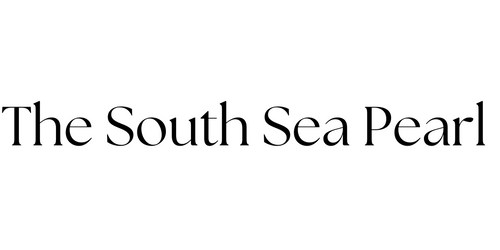Tahiti pearls, often referred to as Tahitian black pearls, are celebrated not only for their stunning beauty but also for their intriguing link to ocean conservation. These exquisite gems embody elegance and luxury, yet they also serve as a reminder of the importance of protecting our ocean ecosystems. In this article, we will delve into the fascinating world of Tahiti pearls, explore their role in sustainable practices, and highlight why ocean conservation is essential for future generations.
Il blog delle perle dei mari del sud
-
ottobre 05, 2025
-
ottobre 04, 2025
Tahitian Pearls in Fine Jewelry: Trends & Innovations
Tahitian pearls, often referred to as the "black pearls of Tahiti," have become a celebrated choice in the fine jewelry market. Their unique coloration, luster, and rarity make them coveted not just for their beauty but also for the emotions and stories woven into each piece. As trends evolve and innovations arise, the world of Tahitian pearl jewelry offers exciting developments that both enthusiasts and collectors should be aware of. In this blog, we will explore the latest trends and innovations regarding these stunning gems, enhancing your understanding and appreciation of Tahiti black pearl jewelry.
-
ottobre 03, 2025
Comparative Analysis of Tahitian Pearls & Akoya Pearls
The world of pearls is a realm of elegance and beauty where various types exhibit unique characteristics. Among these, Tahitian pearls and Akoya pearls stand out for their remarkable features and cultural significance. In this comparative analysis, we will explore the rich history, geographic origins, physical differences, price range, and care requirements for both Tahitian and Akoya pearls, helping you comprehend which pearl type may be your ideal choice.
-
ottobre 02, 2025
The Future of the Tahitian Pearl Industry: Bright Horizons
The Tahitian pearl, renowned for its unique beauty and captivating colors, has garnered immense popularity in the world of luxury jewelry. From classic elegance to modern designs, black Tahitian pearls have become a staple for many jewelry enthusiasts. As the demand for these exquisite gems rises, the future of the Tahitian pearl industry appears promising. In this article, we will explore key trends, challenges, and the future landscape of the Tahitian pearl industry.




